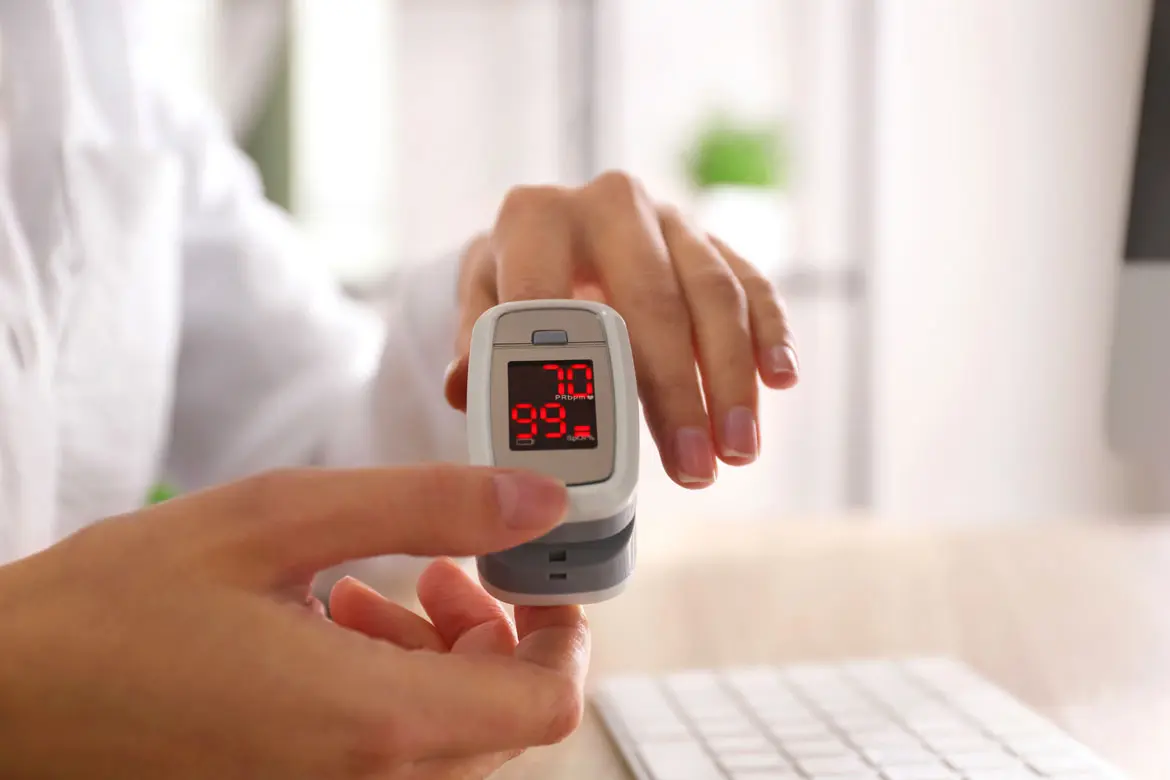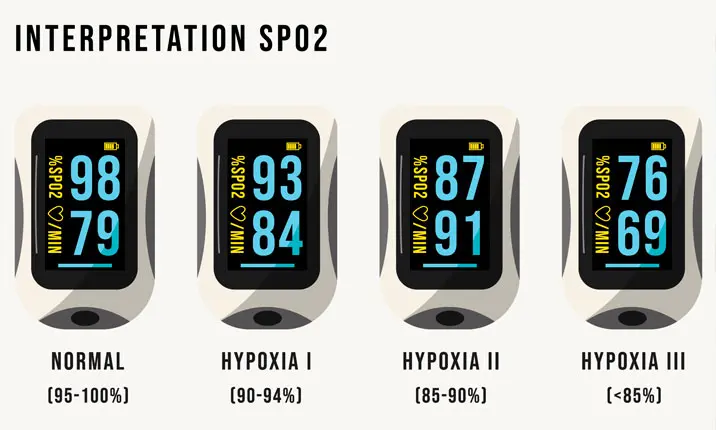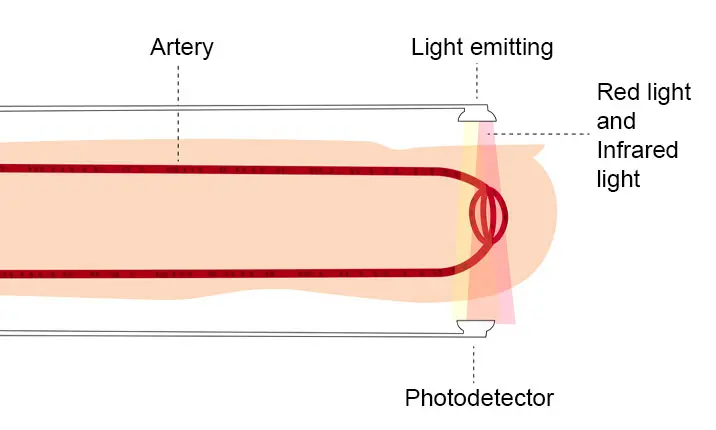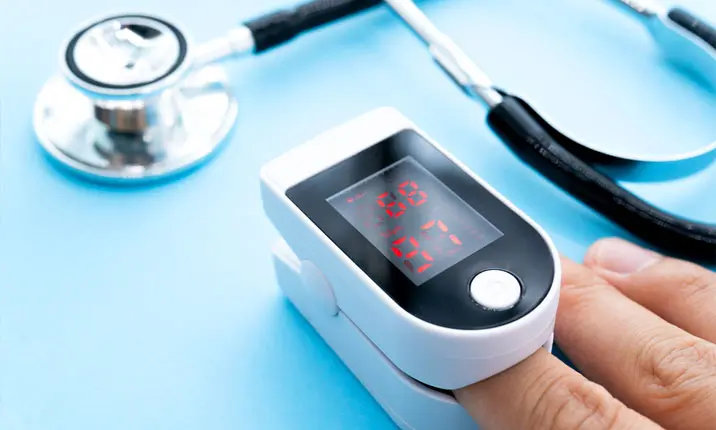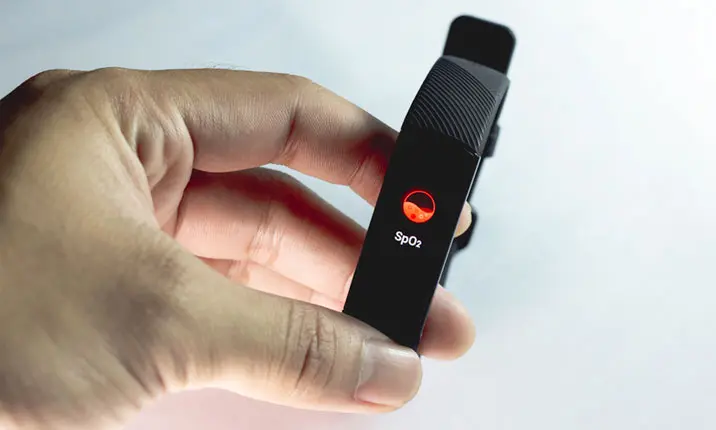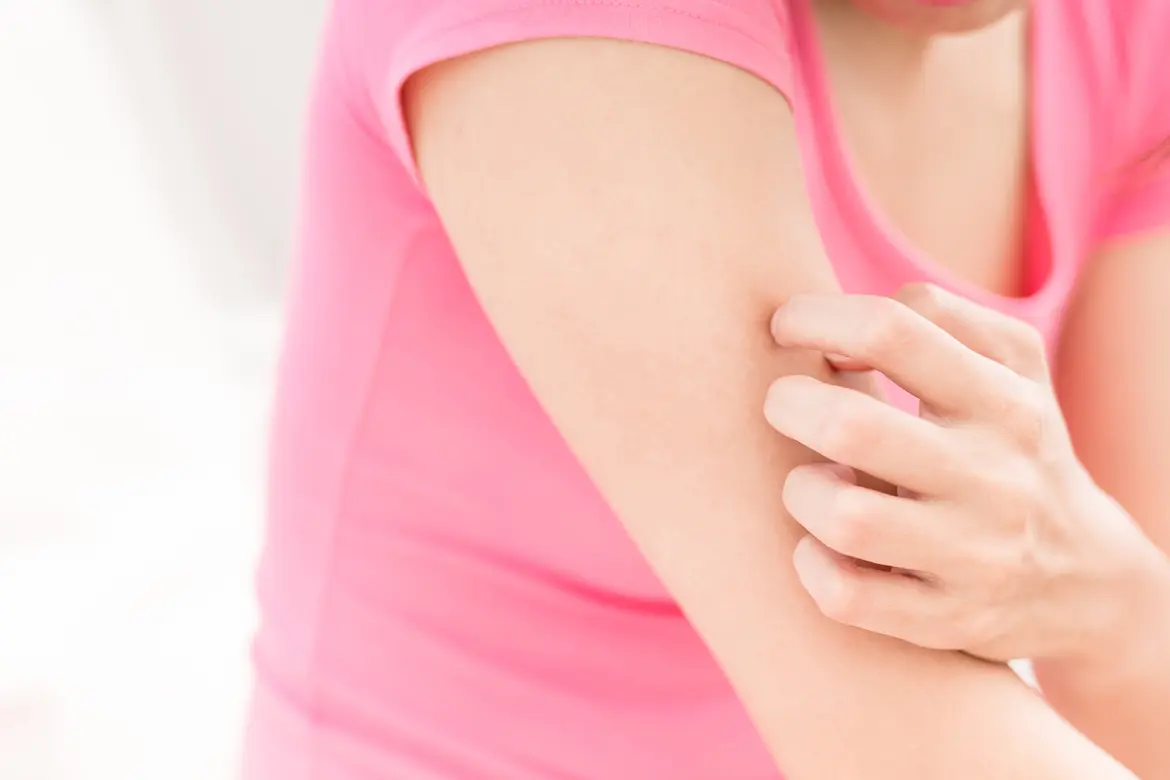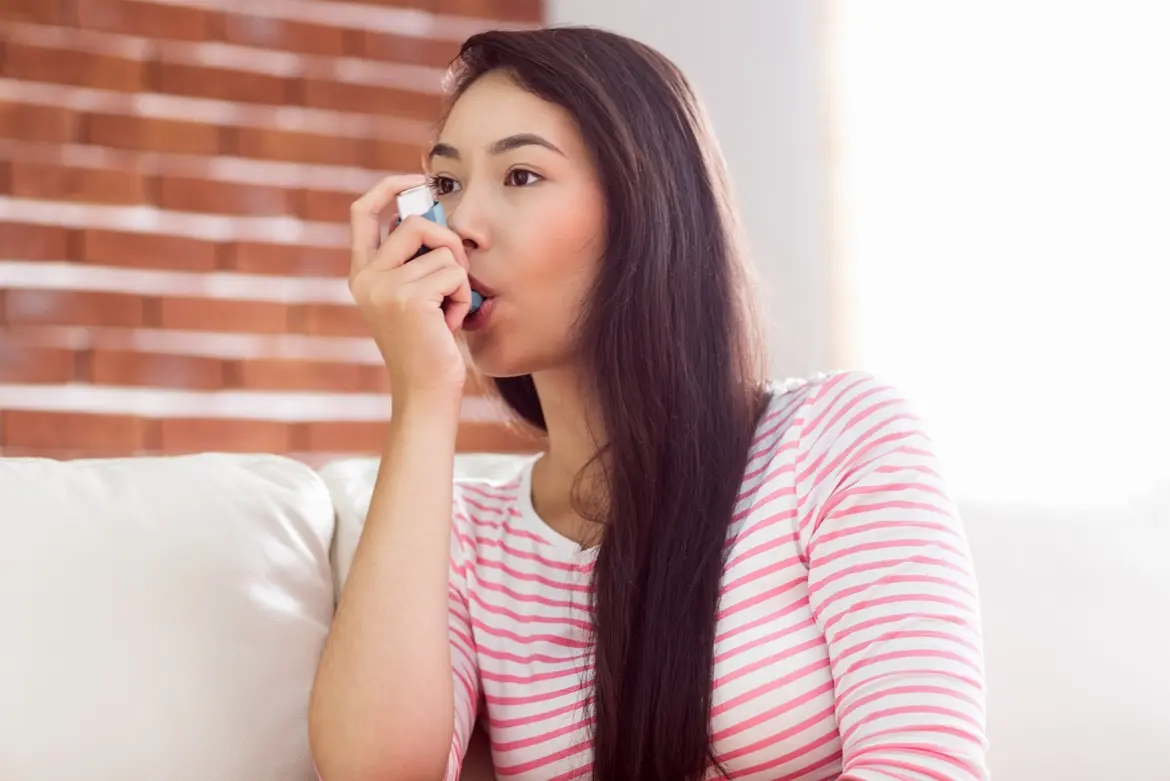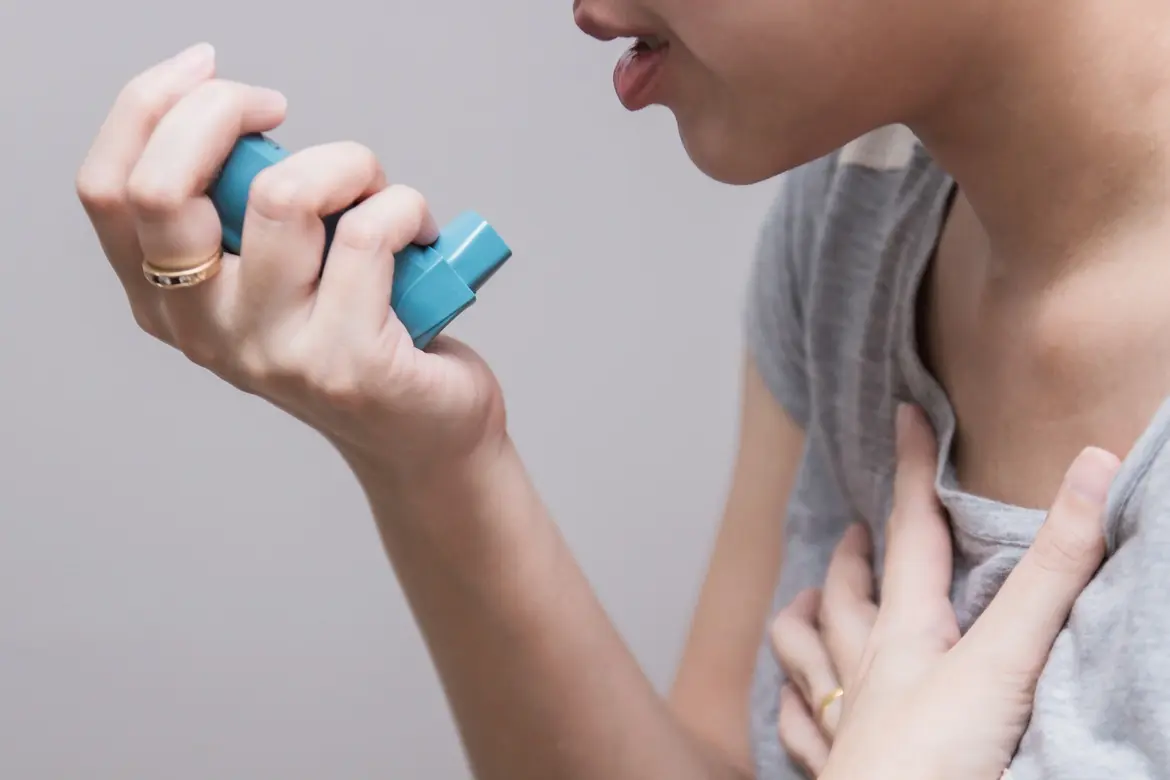The COVID-19 pandemic has changed how we live and breathe. While the vaccines give us hope, the emergence of new virus variants is a constant cause for concern. As such, we are encouraged to stay vigilant towards critical COVID-19 symptoms that may need immediate medical attention.
While you may be able to identify the more common symptoms of COVID-19, it has been reported that sometimes oxygen levels may start to drop even before any symptoms would appear. Oximeters are devices that can help track your oxygen levels and detect cases with “silent pneumonia”, one of the most serious consequences of COVID-19.
In this article, we cover the significance of blood oxygen levels and other important facts you need to know about oximeters.
Blood oxygen levels – What’s normal?
Blood oxygen level is the amount of oxygen your blood carries. The levels indicate how well your body distributes oxygen throughout the body and hence can give an indication of your general health.
“According to the World Health Organization, an oxygen level between 95 – 100% is normal. Levels under 94% should be evaluated by a doctor, while levels below 90% are considered a clinical emergency and require immediate medical attention.
When you’re exposed to COVID-19, your lungs are one of the major organs to be affected. Damage to the lungs can cause the oxygen in your blood to drop to dangerously low levels, even when you feel generally well, or present no other symptoms of the virus. This is known as “silent pneumonia” and if left untreated, can lead to very serious consequences.
Hypoxemia and hypoxia
Hypoxemia refers to the low level of oxygen in your blood. It can cause hypoxia (low oxygen in your tissues), which means not enough oxygen is making it to the cells in the body that need it.
Fatigue or shortness of breath, bluish colouring in the face and lips, restlessness, chest pain, and a rapid pulse rate are some typical symptoms of low blood oxygen in your body. But in some cases, you may show no symptoms. Silent hypoxia occurs when a pulse oximetry test on a person with no symptoms of low blood oxygen, results in an oximetry reading that is lower than what is considered normal. This occurrence has recently been observed in large number of individuals diagnosed with COVID-19. Hypoxia, if not detected early, can cause serious damage to your major organs and lead to the disease worsening.
Apart from COVID-19, asthma, heart disease, and chronic obstructive pulmonary disease (COPD) are some other conditions that can impact blood oxygen levels.
What is an oximeter?
An oximeter is a portable device that can be used to check blood oxygen levels by looking at how much light is absorbed by your blood. The device works by shining 2 lights (one red light and one infrared light) through your fingertip. Absorption of these lights can differs significantly between blood loaded with oxygen and blood lacking of oxygen. Blood loaded with oxygen absorbs more infrared light and lets more red light pass through it. Blood with not enough oxygen tends to absorb more red light and lets more infrared light pass through it. It is fast, simple and non-invasive (needle-free).
During COVID-19 times, using an oximeter at home can help you check your blood oxygen levels and indicate when you need prompt medical attention.
How can we use an oximeter at home?
An oximeter is a user-friendly device, with a small clip that can be placed at the end of your finger. In some cases, it is also placed on the toe or earlobe. To achieve the best results, it is recommended to place the oximeter on your right hand’s middle finger.
Before using an oximeter, make sure your hand is warm, relaxed, and held in front of your chest, below the level of your heart. You should avoid movement while conducting the test. You should also remove any fingernail polish as it may interfere with your results.
Keep the oximeter on your finger and wait for the reading to stabilise, which should take 10 – 30 seconds. The blood oxygen level, also known as oxygen saturation (SpO2), will be displayed on the screen.
When using an oximeter at home, you should always keep a record of your oxygen levels in case you need to show it to your doctor. These records can help you easily track changes and highlight any abnormal values. Along with the oximeter readings, it is important to look out for the symptoms of low oxygen levels.
Are oximeters accurate?
Oximeters may not be always accurate, but the level of inaccuracy may be small. Several factors such as poor circulation, skin thickness, smoking and fingernail polish can affect accuracy.
Can oximeters be used for babies?
You may be concerned when considering tests on babies, however, oximeters are safe to be used on babies. Oximetry is a non-invasive and painless (needle-free) method. There is also no radiation involved.
Oximeters are a critical tool in determining oxygen needs in newborns, especially those with medical conditions such as congenital heart defects and respiratory abnormalities. However, adult oximeters may not be the right dimensions for use on a baby.
Paediatric pulse oximeters are generally used for children. They work the same way as adult oximeters but the paediatric device is designed to fit smaller fingers. In infants and young children, handheld paediatric oximeters will be used in which probes are placed on the child’s palm or foot. If you have concerns about their oxygen levels, you should always consult your child’s paediatrician. Oximeter readings between 95 – 100% are in the normal range for healthy children.
Smartwatches to check oxygen levels – Is it an option?
After reading about oximeters, you may be wondering if they can be replaced with smartwatches.
Though several smartwatches are equipped to measure blood oxygen levels, readings on smartwatches are not always accurate. Smartwatches cannot check blood oxygen levels to medical levels of accuracy because the sensors are just not designed or tested for medical use and medical-grade oximeters are much more reliable.
Placement or the way you wear the smartwatch can also affect its accuracy. In pulse oximetry, transmission mode is used – oximeters are clipped onto your finger and the blood flow is close to the surface. Light emitted on one side of the oximeter travels to a sensor on the other side. But, in smartwatches, reflectance approach is used – both the light source and sensor are on one side of your wrist and therefore relies on the light that bounces back. The blood vessels in the wrist can also complicate the readings.
Oximeter reading – When to go to the hospital?
Patients with moderate to critical COVID-19 associated pneumonia have a high risk of low oxygen levels. Advanced age, underlying conditions such as diabetes, heart disease and obesity are other risk factors.
If you are managing COVID-19 symptoms at home, always consult a doctor if your blood oxygen level drops below 95% or you notice the typical symptoms of low blood oxygen.
